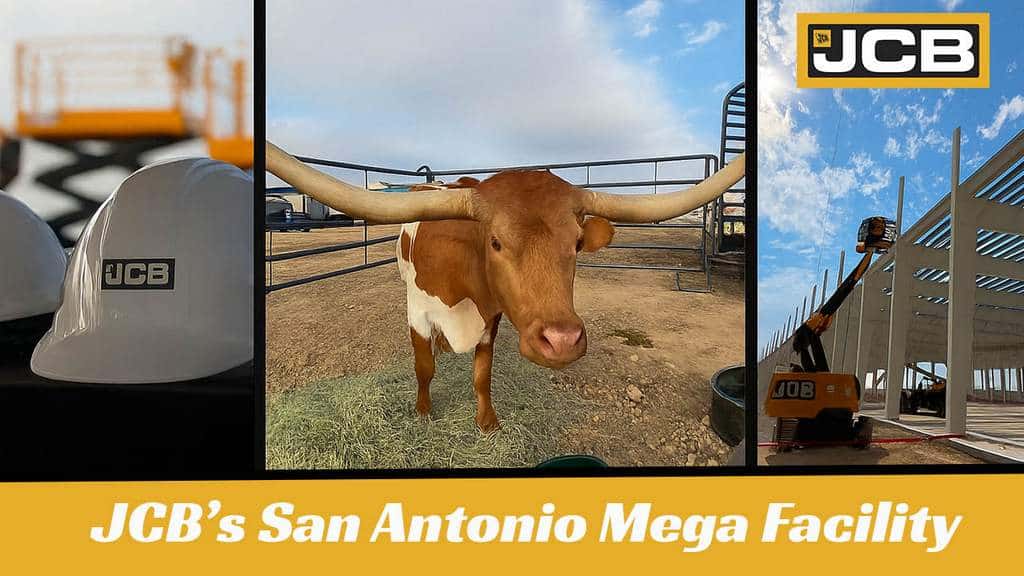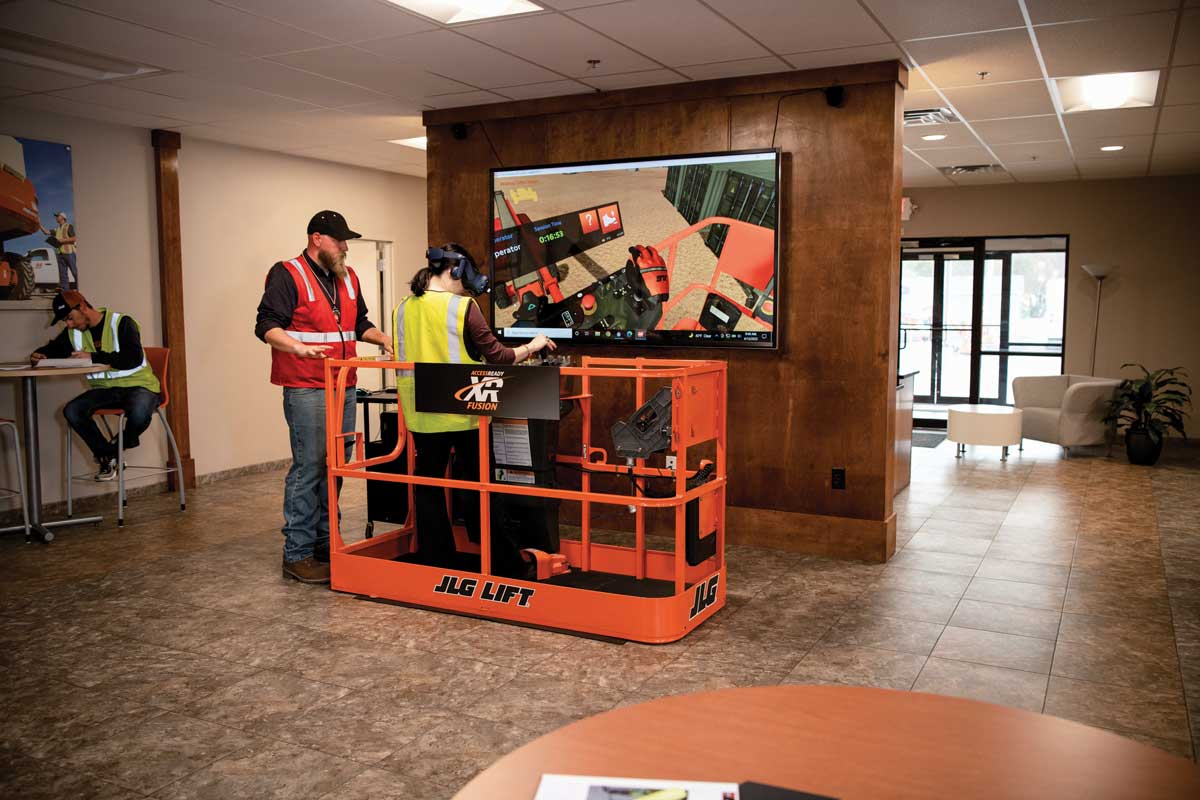Top U.S. Cities for Skilled Construction Workers Revealed

America’s construction industry is charging into 2026 with steady demand and rising opportunities for skilled workers. A new report from Astrak shows total construction spending has climbed to $2.2 trillion, up 2 percent from last year. The sector added 96,000 new jobs in 2025, reflecting the continued strength of infrastructure, housing and commercial development. Astrak analyzed employment data, housing starts and wage averages to determine the top U.S. cities for construction workers. The results highlight a strong need for trained tradespeople and equipment operators across multiple markets.
| Rank | City | Percent of employment in construction | Job growth YoY | New housing units per 1,000 homes | Median wage |
|---|---|---|---|---|---|
| 1 | Phoenix, AZ | 8.4% | 6.9% | 21.4 | $55,438 |
| 2 | Raleigh, NC | 8.4% | 5.5% | 28.8 | $50,802 |
| 3 | Austin, TX | 7.7% | 6.4% | 28.6 | $50,799 |
| 4 | Sacramento, CA | 9.3% | 2.8% | 11.9 | $66,261 |
| 5 | Indianapolis, IN | 6.7% | 6.4% | 12.6 | $65,375 |
Phoenix: Jobs and Projects Surge
Phoenix tops the list with nearly 7 percent annual job growth and one of the nation’s highest concentrations of construction employment. The region’s development boom — including massive mixed-use projects like the $7 billion Halo Vista — keeps demand high for equipment operators and project crews. The city’s balance of steady wages and active building permits signals long-term opportunity for skilled professionals.
Raleigh: Housing Hotspot

Raleigh ranks second, powered by the highest housing growth rate in the country. The metro area is seeing 28.8 new housing units for every 1,000 existing homes, supported by large-scale developments like the $1 billion Sports and Entertainment District. With 8.4 percent of its workforce in construction, Raleigh continues to attract both local and out-of-state operators looking for stable work and a growing market.
Austin: Infrastructure and Tech Fuel Hiring
Austin rounds out the top three with 6.4 percent year-over-year construction job growth. The city’s focus on transit and tech infrastructure, including the $7.1 billion Project Connect Light Rail, is driving strong demand for compact equipment operators, site prep crews, and grading contractors. Wage levels remain competitive, supported by a steady stream of public and private investment.
Tips for Hiring Compact Equipment Operators

With record spending and workforce expansion, employers are racing to fill roles for mini excavator, compact track loader and skid steer operators. These versatile machines remain essential on urban and residential sites where space is tight but productivity is key. Contractors in fast-growing regions face challenges finding operators who can safely handle tight tolerances, multiple attachments and fast-paced schedules. Here are some quick tips to locate quality operators.
1. Target technical schools and trade programs
Partner with local vocational schools and workforce development centers. Many programs now include simulator-based operator training for compact machines.
2. Prioritize hands-on assessments
Don’t rely only on résumés. Evaluate candidates in a real or simulated environment to gauge precision, safety habits and efficiency with attachments.
3. Offer clear advancement paths
Retention improves when operators see a route to higher responsibility, certifications or pay based on performance.
4. Maintain competitive pay and training
With construction wages rising in growth markets, skilled operators expect fair compensation and access to upskilling programs, such as GPS or grade-control training.
5. Emphasize safety and uptime
Operators who understand daily machine checks, hydraulic maintenance and proper track tensioning help keep fleets productive and repair costs down.
Keith Gribbins is publisher of Compact Equipment.
Electric construction equipment is on the rise. Learn all about the exciting products leading the charge.




